



Multicolored stone mosaic

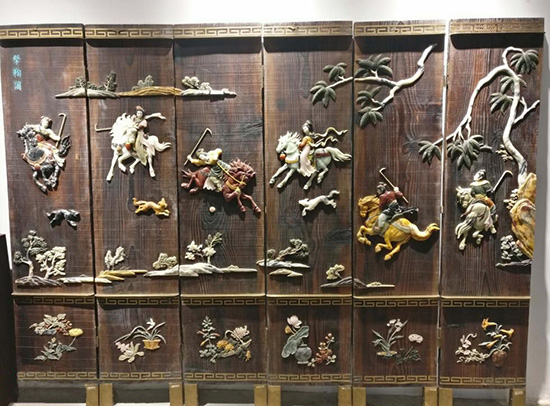
Stone mosaic is an art integrating craftsmanships from both stone and wood sculpture, invented by an elderly Wenzhou native named Pan Aming in 1882(the eighth year in the Qing Emperor Guangxu’s rule). Through incremental contributions from generations of artisans, the art became applied to, beyond the initial hanging mirrors and small decorations, a much wider range of articles, like poetic couplets, hanging screens and folded screens. Further innovations accrued to the enrichment of inlaying skillset — flat, protrusion, and dispersion, as well as an expansion of its pictorial selection to myths, folklore and modernity, and not least an addition of more precious stones to its materials other than pyrophyllite, such as bloodstone, coral, jade, agate even gold. The massive masterpiece Journey to the West earned the "world's No.1” title during its exhibition at the Asian Game in Beijing. Since 1993, the art entered the phase of manufacture carried out by local enterprises in districts of Lucheng and Ouhai. It was enrolled into the second National ICH in 2008.
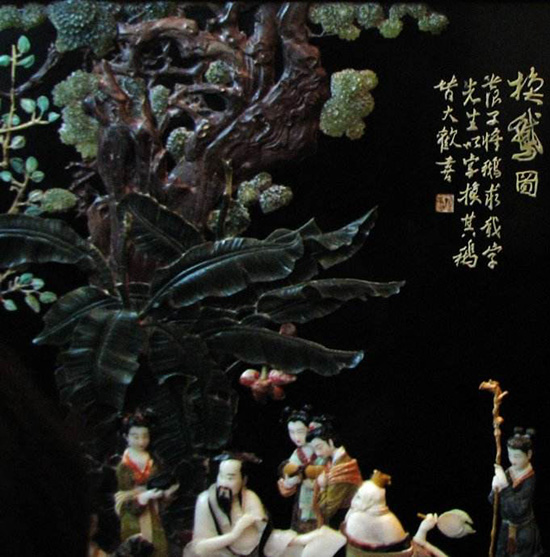
Yueqing boxwood sculpture
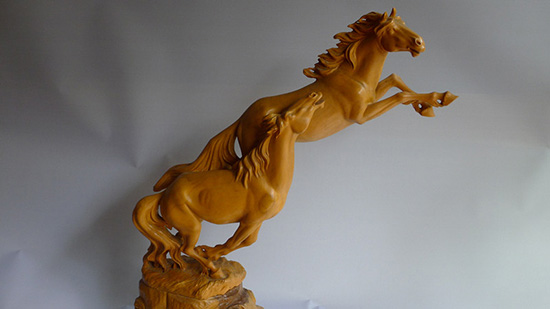
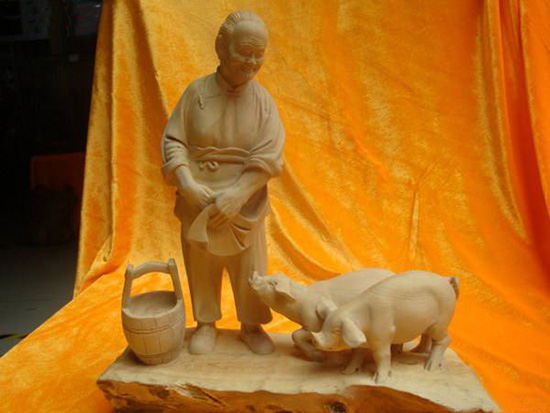
The boxwood carving, gotten its name by its material an established style of woodcarving, was nascent as early as Ming Dynasty. A series of classics from the Wenzhou master sculptor Zhu Zichang(1876 ~ 1934), "Hide-and-Seek", "Five Little Monks", "the Budai Monk" to name some, won awards across domestic and oversea expositions. Yueqing boxwood carvings extended its material-preparation from a single chunk to laminated and conjoined chunks, and its carving methods from "circular engraving" to "slashes" and "roots", all-encompassing but without losing the tradition’s defining style and flavor. In 2006, the art entered the first list of Zhejiang Provincial and National ICH.
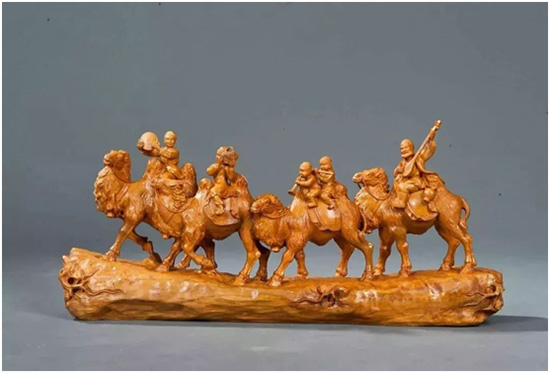
Marine life myths

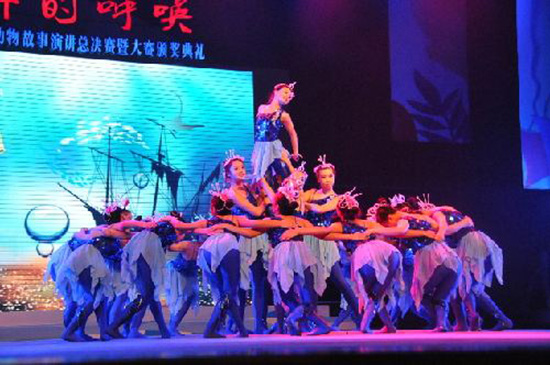
This mythology has been created and descended through the oral traditions among fishing communities on islands dotting the ocean. Ever since the collecting work for folk marine myths began in 1979 in Dongtou County, the eight years' time up till 1987 had accumulated more than 200 legends dealing with various oceanic life forms, for instances, narratives on human metamorphosis into fishes and shrimps, or how such animals be used in medicines, and stories between the Dragon Palace(the throne of the oceanic dragon king), humans and fishes, among those almost 100 were of complete and comprehensible meanings, out of which more than 80 were compiled into literature whose publish was met with seismic societal responses. It was included in the third National ICH in 2011.


